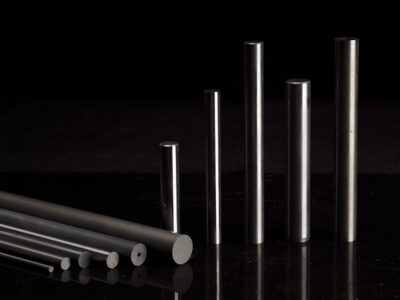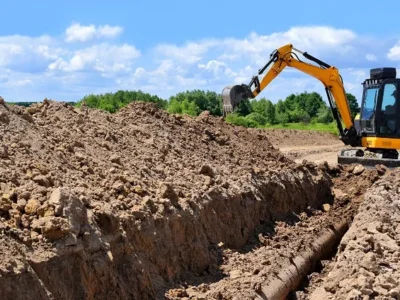
The aftertreatment system, commonly known as the diesel emissions system, consists of four parts. Maintaining and repairing your aftertreatment system requires a thorough understanding of the four components.
In this post, we have put together some informative details regarding DOC throughout the years, so we decided to write this post to address some of those queries.
Learn about the DOC Abbreviation of diesel engine-
The DOC stands for Diesel Oxidation Catalyst in a diesel engine. According to research, Carbon monoxide and hydrocarbons are transformed into carbon dioxide and water by the oxidation catalyst. Particulate matter may be reduced by breaking down contaminants in the exhaust system of a diesel engine.
Information to know-
The exhaust is able to flow freely through the DOC substrate. Dosing hydrocarbons at the right temperature causes the fuel to vaporize and initiate the chemical process that generates heat in an aftertreatment system.
As per research. when the ECM maintains that temperature, it allows for maximum efficiency in diesel particulate filters, which in turn improves fuel economy.
What happens if the system fails?
Precious metal coatings on DOCs degrade, leading the device to fail. With no moving components, the DOC has a very long lifespan. As a result, engine-related problems account for around 80% of all diesel oxidation catalyst system and DPF failures.
Because it is designed to oxidize soot, the DOC’s only function is to generate heat, but if the engine is malfunctioning, or the aftertreatment system is malfunctioning due to exhaust leaks or a leaky hydrocarbon doser, the DOC will fail prematurely.
There is a risk of DOC contamination, which might lead to diesel oxidation catalyst face clogging and poisoning of the whole system.
DOC Face Plugging is a term used to describe a technique-
Extreme carbon accumulation on the diesel oxidation catalyst system inflow side is called face plugging. In the downstream DPF and SCR, the extra exhaust backpressure and restricted exhaust flow caused by this high accumulation is a hindrance to their performance.
In-Depth Understanding of Aftertreatment System Upkeep-
No matter what part of the aftertreatment system you are working on, remember that “upstream issues in the system are typically the source of downstream failures” while doing aftertreatment system maintenance.
The complete aftertreatment system must be examined while troubleshooting, but the other engine systems must also be considered.
Conclusion-
Above-mentioned information was for the users who will benefit knowing these as an automobile owner.












Comments